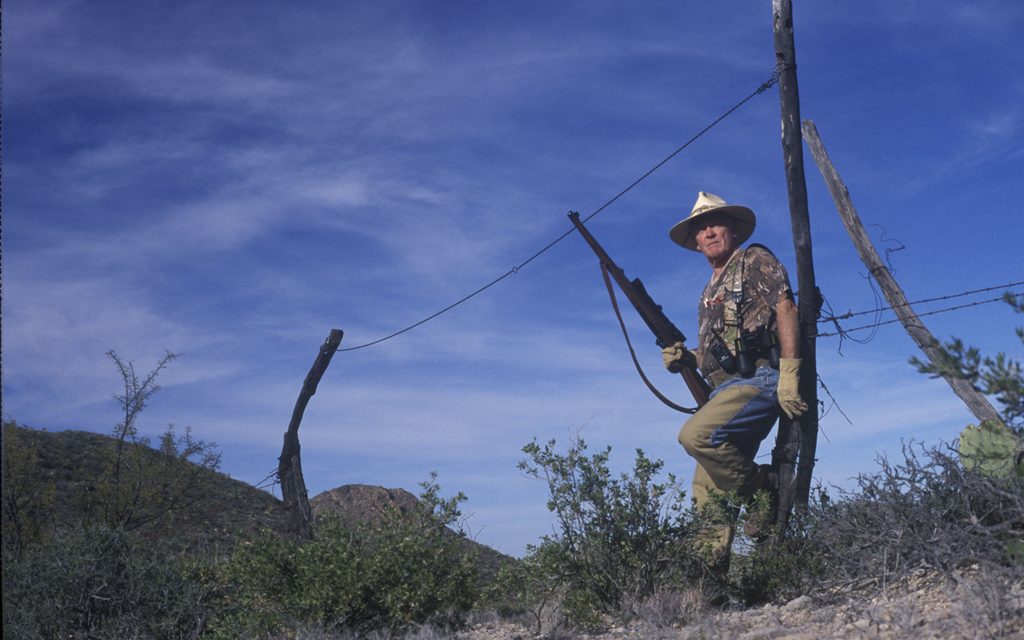by John Jefferson
I’m no expert on Scatology, although I’ve dealt with plenty of it.
The dictionary defines it as “the study of excrement”. Wildlife biologists understand “Scat” as a sanitized word for animal droppings. Although I attended a respected college offering wildlife science degrees, I majored in English. They didn’t teach about scat, just how to write it.
On a hunting trip once, my hunting partner, David Baxter, former editor of Texas Parks and Wildlife magazine, and I walked up on something unusual near the top of a low hill in the Solitario on the Big Bend Ranch State Park.
If the world is too much with you now, especially during this election cycle, Google “Solitario” and then click on “The Road to Nowhere” and you’ll see the terrain we were in. I got nostalgic for that country watching the video, having camped south of Tres Papalotes (Three Windmills) on several trips and consider those jaunts some of life’s treasured moments. It’s so primitive that the park ranger told us his crew hadn’t been there in several years. But I digress.
Before us on the hard scrabble ground lay about a four by six-foot rectangular patch totally covered with mummified animal droppings from multiple species. We identified deer, javelina and coyote scat, but only imagined about several others. Possibly Chupacabra?
We did, however, collect a few samples of what we guessed was ”bear sign”. Bonnie McKinney, a respected wildlife biologist with TPWD in Alpine, affectionately known as TPWD’s “Bear lady”, verified it for us.
I remembered that excursion last week and contacted several credentialed wildlife authorities. Dr. Jerry Cooke, retired TPWD big game program leader, said he had seen his cats marking the same “spot” several times. That made me think about my own dogs. We called one of them “Marks -a Lot” due to her incessant marking of her presumed territory every time she encountered another dog’s “mark”. Could that instinct be the answer?
I was referred to Jonah Evans, a TPWD mammologist in Boerne. Evans said it was not altogether uncommon for one species – like a deer — to use a spot and maybe come back down the same trail and use it again. Then another animal – perhaps a carnivore – would do the same. That could explain bears. Javelinas, coyotes – even mountain lions.
Calvin Richardson is the TPWD regional wildlife director for West Texas, and said even foxes and bobcats could do that, too, explaining the unidentified scat. Bonnie and Billy Pat McKinney are both former TPWD wildlife staff members respected for their savvy of all things Chihuahuan Desert. They said one animal probably leaves scat and possibly urinates and the next one coming along does likewise. And it grows. They both agreed that if it’s on a common game trail, it likely will have multiple visitors.
The trail Baxter and I were on ran along a narrow ridge. It was the logical path for critters, too.
We didn’t think about adding to it, but wouldn’t that have confounded future archeologists!
JJ





